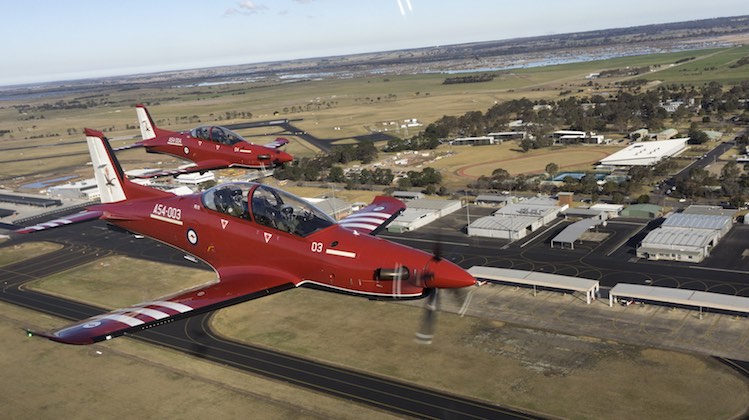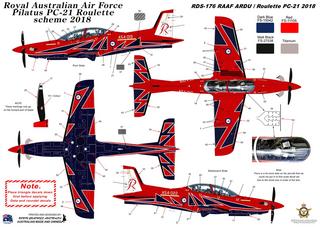JB, with the recent Low Fuel landing of the United 787 in Sydney, do you think it was a "simple" miscalculation of the required fuel for the conditions by all concerned? as other aircraft that night managed to get across the ocean from the US without low fuel problems. Though one other aircraft on the US-Australia run did divert, reason unknown.
As best I can glean, the weather at Sydney was not a huge issue. It's certainly not wonderful, but is above the alternate criteria (i.e. the point at which you have to carry an alternate).
METAR YSSY 041930Z 17025G35KT 8000 -RA FEW015 SCT025 14/14
Q1019 TEMPO 1930/2230 4000 RA BKN008 FM1930 MOD
TURB BLW 5000FT=
The FMC would have been showing quite accurate arrival fuel figures for the entire flight, so there isn't really room for miscalculation. They look to have been held a bit lower than they might have wanted, but only in the order of 2,000' or so. Nevertheless, over a long night, that will eat up the variable fuel.
The NOTAMs for the arrival included a requirement for 20 minutes of ATC holding. That is never updated after departure, and you never find out the real state of play until you actually arrive. My bet is that they had perfectly adequate fuel for the planned arrival, plus that 20 minutes of holding, but that Sydney ATC actually wanted them to hold for longer. When they said they couldn't they were basically 'dared' to declare an emergency, so they did.
This is not helped by a change that was made by Airservices a year or two ago, in which they changed the ATC holding time to 'advisory hold'. Any fool would understand that to a company, advisory hold means you don't actually need it.
I haven't operated to Sydney in quite a while now, so I don't keep up with the goings on, but I did note that QF12 was planned with an additional 43 minutes of holding, on top of everything else. Basically they didn't trust Sydney.
The road closures, etc, was a total overreaction, but was forced by the fact that they don't differentiate a mayday when the aircraft is falling apart, to one in which you'll be landing with one kilo less than the mandated requirement....and of course that only applied if he was actually held. As he wasn't, he had plenty of fuel. Nanny state.
Do dispatch keep track of quantities of fuel in the aircraft after each flight, and provide a recommendation of added fuel for a given flight, or do they simply recommend the amount of fuel for the trip, and you work out what fuel the aircraft currently has in the tanks, to determine the total loaded fuel? But, in the end, the trip fuel quantities stops with the captain...
I don't know what other companies do. I'm not interested in anything they have to say after departure, and only marginally beforehand.
Op went fine. Can't play football yet, but in another week or so....
















